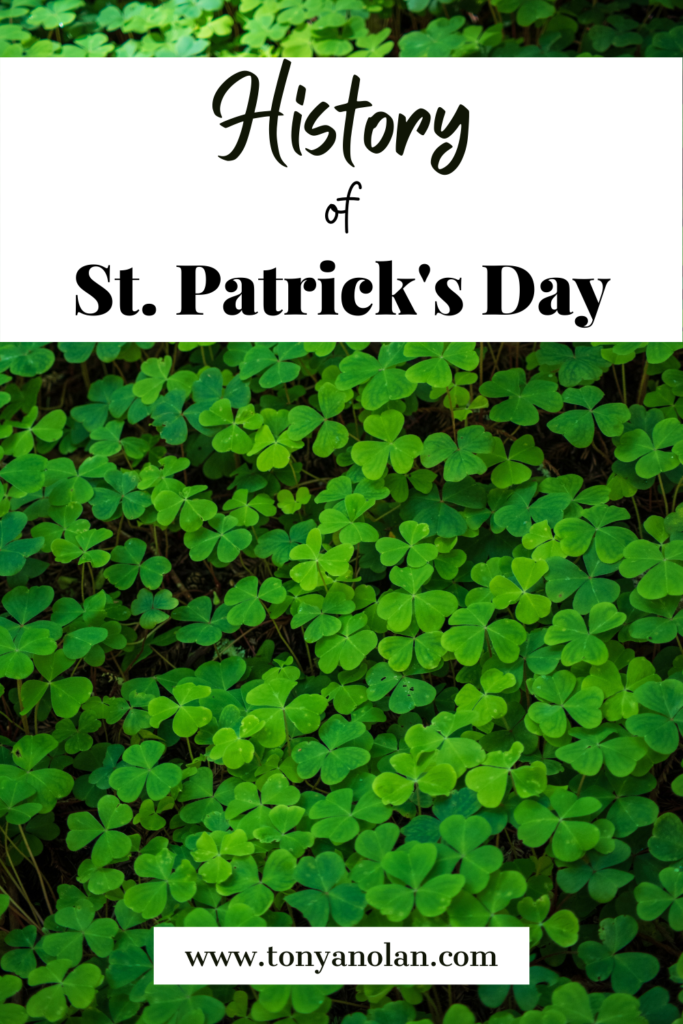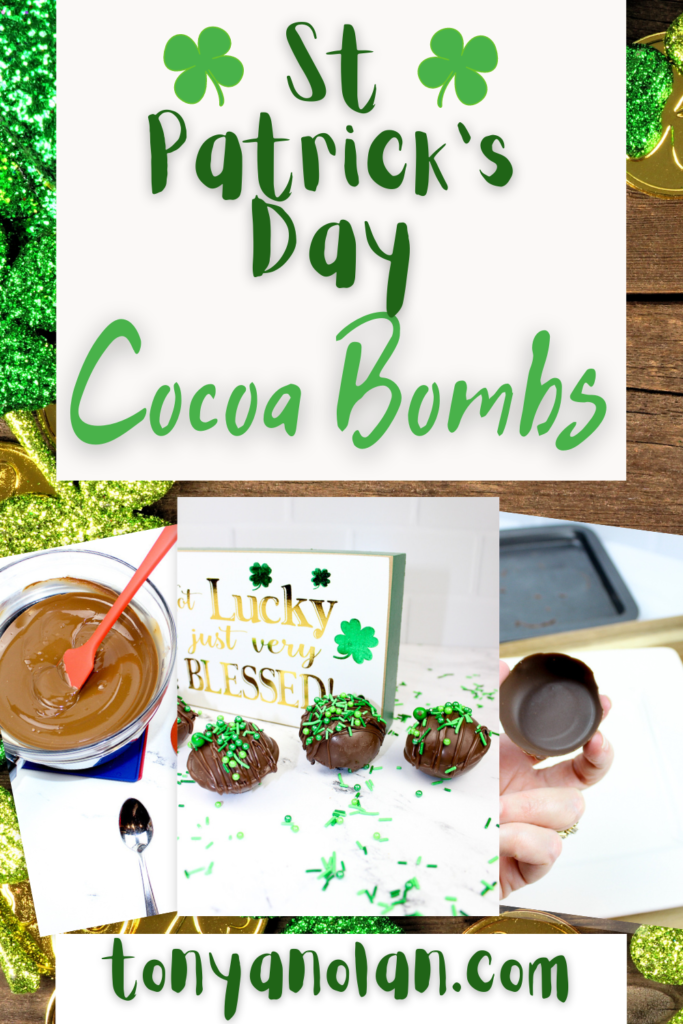
Hear the words St. Patrick’s Day, and you probably think green, pots of gold at the end of rainbows, and little leprechauns. It has actually become a day enjoyed by everyone, even if they don’t have Irish descent. The truth of the matter is, March 17th wasn’t always celebrated this way, and the things we use to celebrate have no historical grounding. Let’s look at the real story of St. Patrick and delve into the History of St. Patrick’s Day.
The Story of St. Patrick
Born in the 5th century, St. Patrick was the bishop and patron saint of Ireland. Although he was born in Britain, he was arrested at 16 years old by Irish raiders and transported to Ireland. During his years of working in solitude as a herdsman – six to be exact – he became a devout Christian. He was able to reunite with his family by escaping his master by ship; however, he came close to starvation and suffered a second brief captivity in the meantime.
Part of what he believes was his calling to return home was to be a missionary in Ireland. After joining the priesthood and ordained as a bishop, Patrick returned to Ireland in 433 and began converting the Irish to Christianity, making them “people of God.” He would go on to perform mass baptisms and confirmations in his tireless efforts to serve the Lord.
What’s with the shamrock and parties?
St. Patrick used the shamrock, the national flower for Ireland, as a way to explain the Trinity to nonbelievers. The dancing, music, and raising of glasses coincided with lent, so it was considered a one-day reprieve from Lent. From this, celebrants took full advantage of this one day of freedom.
The First Celebration of St. Patrick’s Day
There are many accounts that have the first St. Patrick’s Day observation and celebration in America beginning in the early 1600s. As more Irish families emigrated to the United States over the next couple of centuries, the celebrations would become a national phenomenon. Boston’s first official St. Patrick’s Day parade took place in Boston in 1737, followed by New York City in 1762.
During the 1840s, the Irish would make their way to Canada and Australia. The potato famine forced starving families off the Emerald Isle, and they took their St. Patty’s Day festivities with them. Today, St. Patrick’s Day is celebrated by millions, many of whom aren’t even Irish.
Ways to Celebrate St. Patrick’s Day in Your Homeschool
Teaching your kids the history of St. Patrick is a great place to start. But you don’t have to stop there! Here are a few ideas to consider adding to your history lesson:
- Learn how to write Celtic letters.
- Make a shamrock necklace.
- Make a batch of potato pancakes.
- Paint with green paint.
- Create a map and timeline of St. Patrick’s journey.
- Make a batch of green cookies decorated with shamrocks.
- Go on a shamrock nature hunt.
How about making St. Patrick’s Day Cocoa Bombs? Head to this post, and it will give you all the detail on how to make them in your own kitchen with your kiddos!
I also have a free printable pack for you to download too! Snag it below!
If you are looking for something a little more in-depth for the older kids, check out my “Let’s Explore Ireland” activity pack. This pack will engage your children with fun educational activities such as math, geography, and history.


Thanks for sharing these ideas for homeschool! Those chocolate bombs look amazing!
What a great resource, Tonya. These are some fun activities! I know my kids will insist we need to celebrate just to enjoy potato pancakes and those Cocoa Bombs!!
I am going to do the pretzels for the kids in my homeschool!! Let me know how those potato pancakes turn out.
I love this! All these years and I’ve never really known the history of St. Patrick’s Day. You can bet that we will be making some green cookies though this year! 🙂
Ohhh, green cookies! Let me know how they turn out.